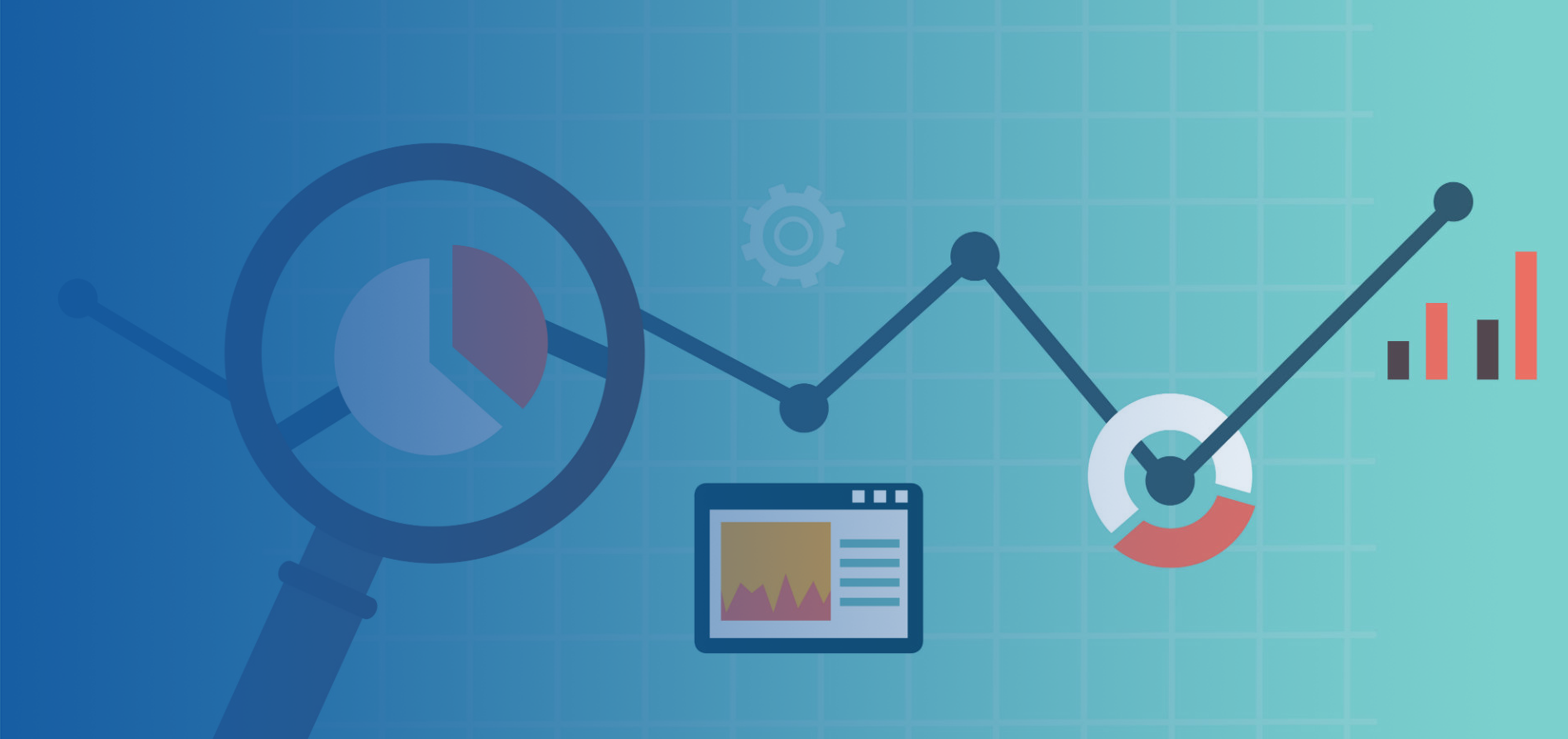
It’s the time of year again when most businesses undergo the dreaded yet crucial process of annual planning and budgeting. This is the time when people pull all-nighters, when various conflicts arise as different departments vie for a bigger share of the budget. Marketing wants more funds, sales wants a more reasonable revenue target and upper management wants all up profits to keep rising. Then there are other external factors to consider – the state of the local economy, foreign exchange rates, new laws and regulations impacting the industry, worldwide economic trends.
As the finance team goes through the nitty gritty details, they have the added challenge of determining whether the bigger picture truly makes sense. Are the assumptions contradicting or are they reasonably correlated? Then just when one feels that all the dots have been connected and everyone is happy with the compromises made, an alternative scenario is requested by top management.
Analytics is a great tool for making this exercise a lot more palatable (not to mention, enable people to have better work-life balance during this stressful period). First of all, the tool allows for the relationship of the various variables to be more clearly understood with various options for visualization. Some people prefer graphs, others want tables or a combination of both. With analytics, it is easy to change the way data is presented to suit the audience.
Scenarios can easily be simulated, since variables can be changed, and all the related changes are automatically calculated and rendered in the graph or table. It removes the effort and time spent on redoing presentations. Then as the seemingly conflicting desires of the different departments are surfaced, it is easier to show the team how their plans impact the entire organization. The aim of course is to make the process of getting consensus and compromise easier by showing objective data and removing emotion from the equation. Analytics can help push the teams to look for solutions and put their focus on how to hit targets, instead of getting them mired in circuitous discussions about why the targets should be changed.
In a nutshell, the use of analytical tools during budget planning is more than just showing flashy graphs, tables and interactive presentations. If used properly, it can be a powerful tool in enabling faster and better business decisions during this important time of target setting.
Just Analytics offers analytics solutions and expertise that can enable a smoother budgeting and planning process. We provide solutions for ERP Analytics, transforming ERP data into actionable business insights, facilitating data-driven decision-making. For further details on our solutions and demo, check out this link.


